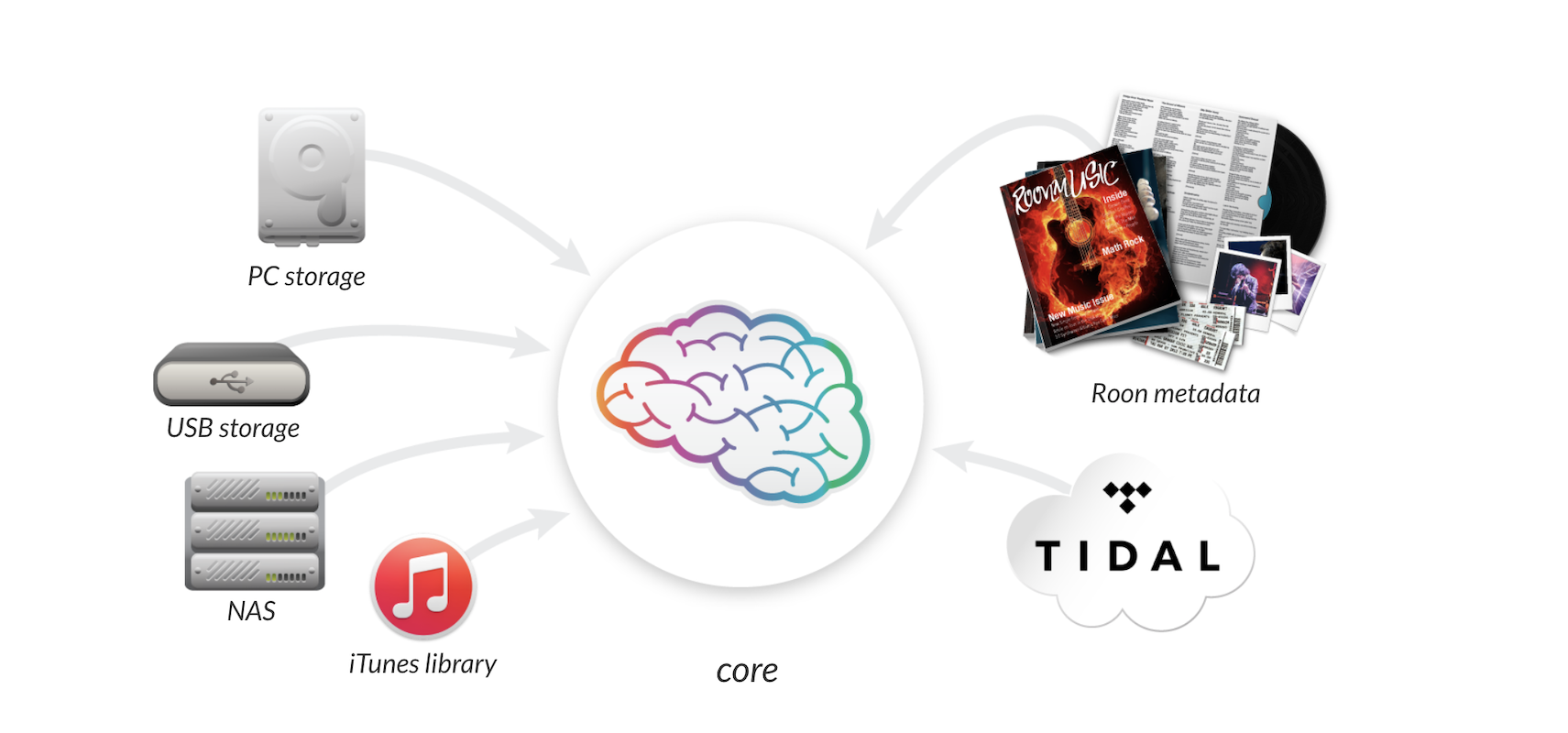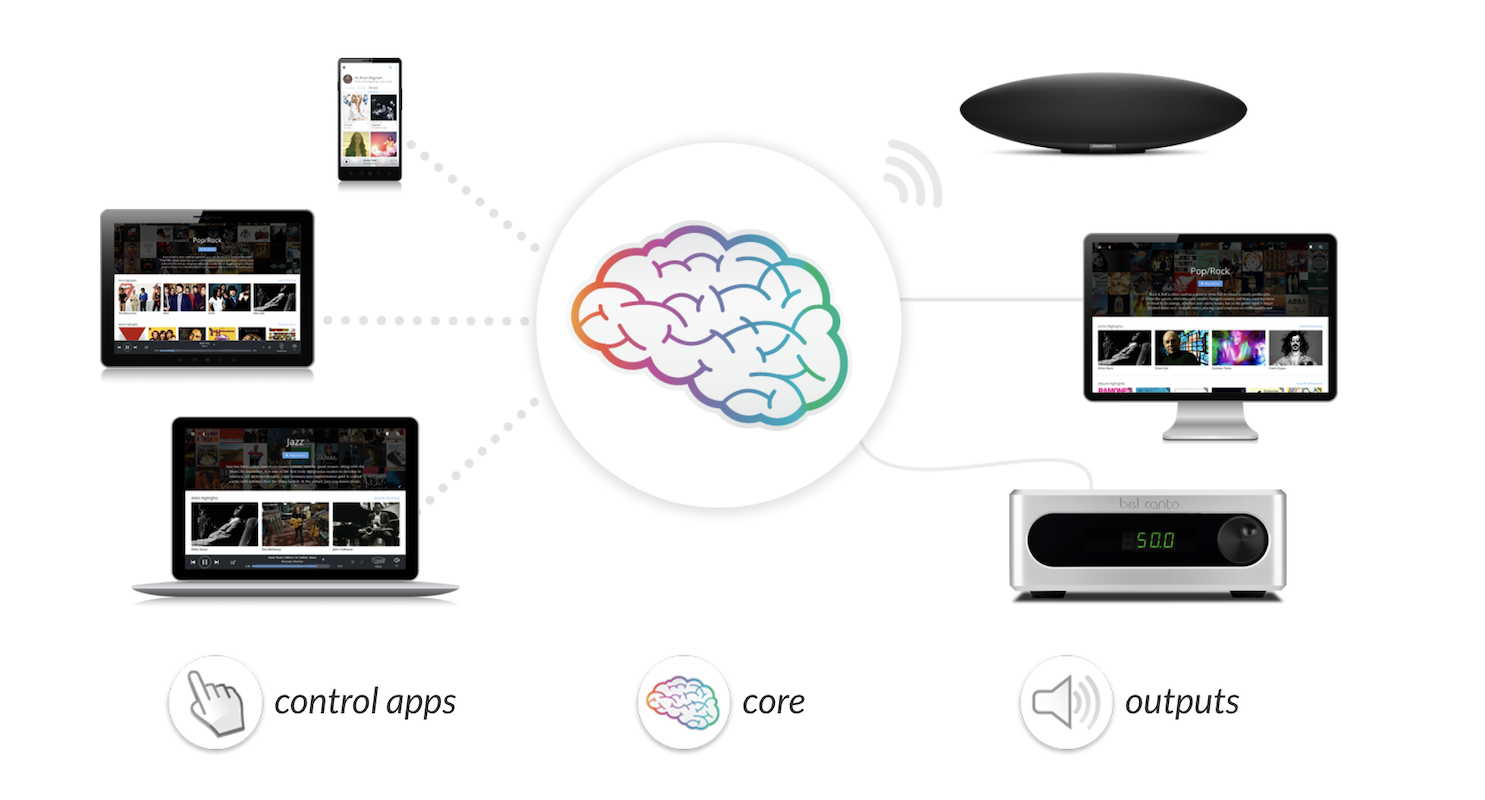I know the idea seems crazy but hear me out. For many of us, including myself, music plays a large part in our lives. I, personally, listen to music throughout most of the day pretty much every day. My library currently consists of nearly 1,600 albums and over 17,000 tracks and I look forward to Friday’s–not because its Friday, but because that’s when new music is released. I previously wrote about how I switched from using iTunes and Apple Music to Tidal and I’ve also recently been testing another HiFi music service called Qobuz which is scheduled to launch in the US in the next month or two. But this article isn’t really about either Tidal or Qobuz–it’s about another app, an app dedicated strictly to providing the best music player experience out there. The app is called Roon.
Roon has been around since 2015, but I’ve only just heard of it and I wish that wasn’t the case. The app is like no other software player or library management system I have ever seen or used before. Yes, it has a polished user interface and is easy to use, but the real benefits to Roon are a bit more subtle (at least, at first). Roon allows users to integrate both Tidal and Qobuz libraries into a single media player and on top of that, you can import local and network files (MP3, FLAC, Apple Lossless, etc) so you literally have all of your music directly at your finger tips. Plus so much more.
How Roon works

Roon consists of a single core and as many controls and outputs as you need. This means you get the same Roon experience whether you’re running on a single PC or on devices around your home (including an iPad, iPhone, etc). Setting up Roon is super simple, each Roon system starts with setting up the Core – which Roon describes as the traffic cop, the housekeeper, and the brains behind the operation and since I don’t have a better analogy, let’s go with that.
Here’s the basic idea: the Core manages your music collection from many sources (e.g. Tidal, Qobuz, local, network, online storage — Dropbox) and builds an interconnected digital library using enhanced information from Roon. Your Core library can be created using Roon’s apps that work on a number of platforms including macOS, Windows, Linux, and even certain NAS devices.
Once you have your Core setup (either via the desktop app or the Roon Server app), you can use the desktop app or the mobile apps (iOS and Android) to manage and play your music through various outputs. It’s very cool. For example, I have the desktop app installed on my iMac Pro and have set my output device as my KEF LS50 Wireless speakers. But what’s even more beautiful is that I can easily use my iPhone or iPad to start playing music through my speakers anywhere in the apartment. On top of all that, if I had a house with multiple rooms and multiple speakers I could still control all of them through Roon thanks to the numerous partnerships the company has made.

Standout features of Roon
Easily add new music to your library — I love how easy Roon makes it to add music directly into your library. If you have a Tidal or Qobuz account connected you can easily add albums and tracks directly to your Roon library without having to open their respective apps. Simply find the album you want and click the “Add to Library” button. Boom. It’s now in your library. You can also have Roon monitor specific folders on your computer or elsewhere and add music placed in those folders.

The metadata collection is incredible — Roon has put a lot of work into collecting metadata for all your music, including gathering lyrics for a majority of my songs. In addition to traditional metadata, Roon often has album reviews and in-depth information about the band and/or artist that it displays for you.

It’s super expandable and flexible — One of the best parts of Roon is that you can mix and match devices from different partners. So, for example, you can have a super high-end DAC in your HiFi room from one company, something else for background listening in your office from a different company, and another DAC for your headphones in the living room or out on the patio. Roon even talks to Airplay devices as well, so you can listen through the Apple TV in your bedroom. But perhaps the coolest part of all is that Roon does multi-room sync and multi-user audio, so you can listen all around the home.
Roon offers really high fidelity output — Thanks to Roon’s third-party streaming protocol (think of it like Airplay for Roon), manufacturers run a small piece of software on their DACs that turn them into streaming Roon endpoints, allowing Roon to stream up to 384kHz audio at 32 bits, as well as DSD. And because the endpoints run under their own clocks, instead of the clock of the transmitting device, it is ideal for audio performance.
Final thoughts
This is why I decided to pay $119/year for Roon (they also have a $499 lifetime license), yes, in addition to Tidal and Qobuz. Not only does it offer all of the cool features I outlined above, but it simply is a better music player experience than either Tidal or Qobuz’s app at the moment. Plus, I have a ton of local music files and as we know, not all streaming services have everything. For all those reasons and more, it’s well worth the price to me. But maybe I’m crazy.
